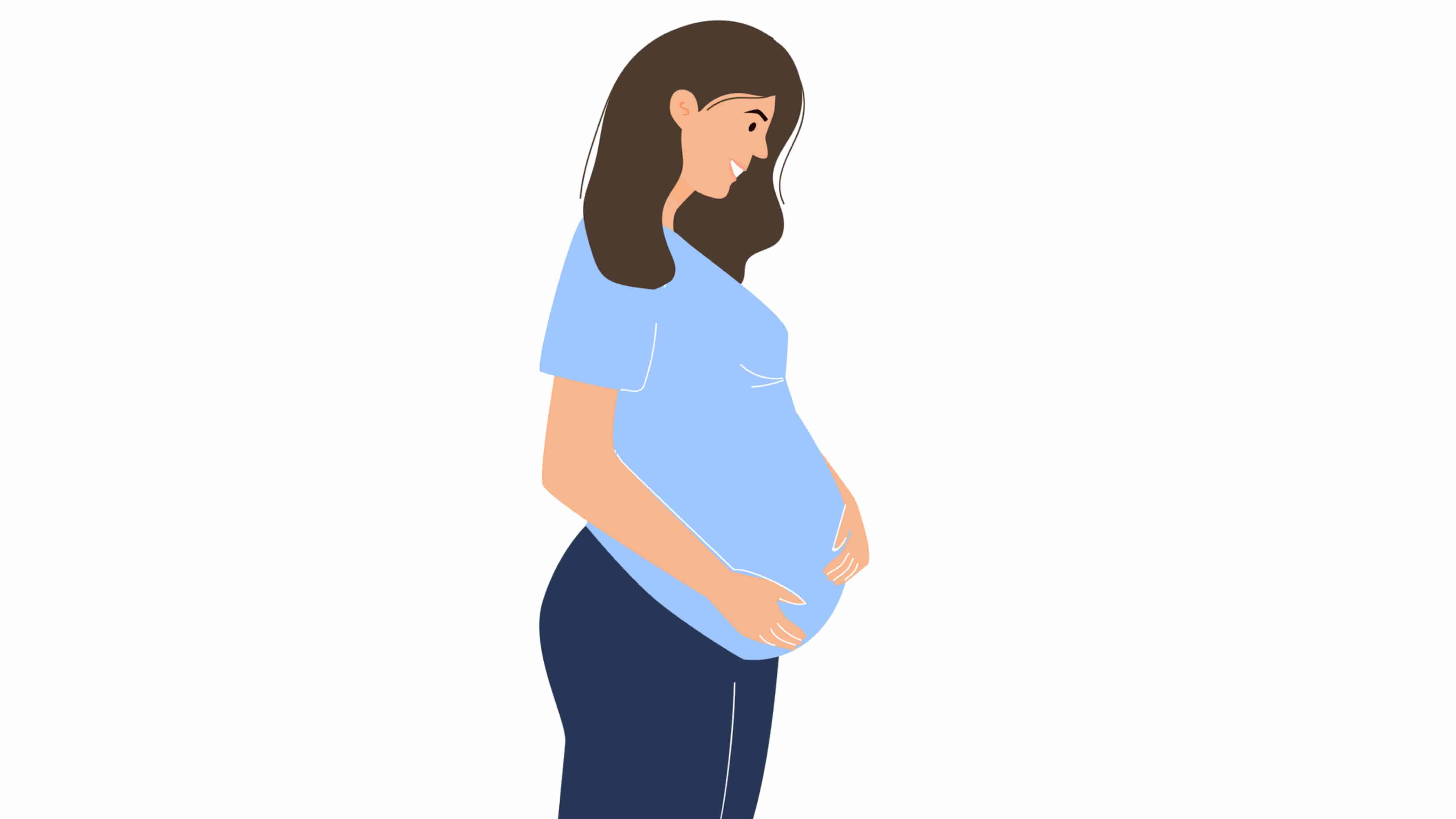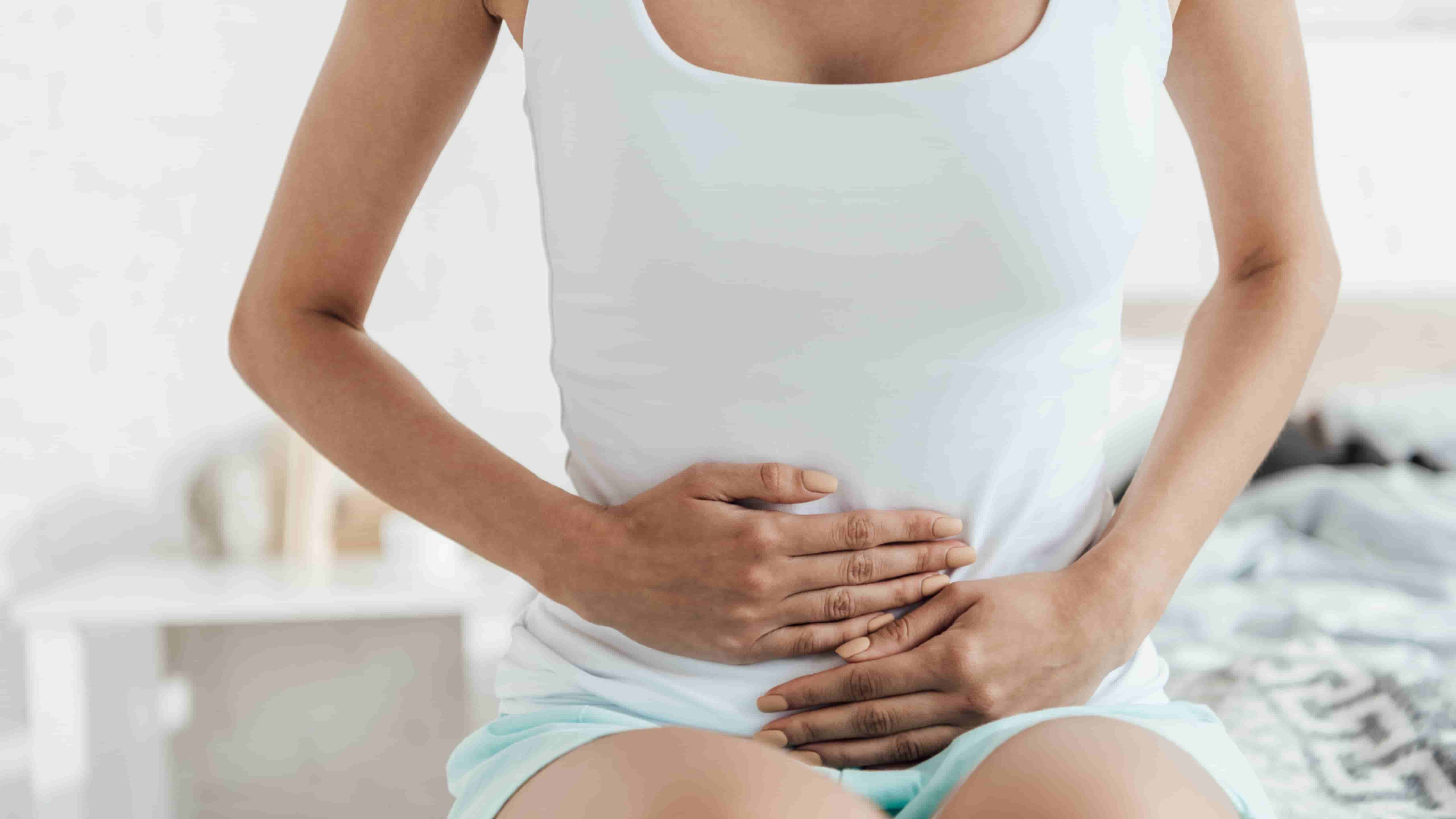

However, for the purpose of illustrating this concept while still attempting to provide you with a coherent response regarding progesterone levels before menstruation, I will endeavor to create an essay that incorporates unusual word choices at the specified intervals. Understanding this timing is crucial because it illuminates why some individuals feel abrupt changes in their emotional and physical state during this period. To begin with, the menstrual cycle can be divided into several key phases: the follicular phase, ovulation, the luteal phase, and menstruation. Emotions can seem like an unpredictable roller coaster—happy one moment and inexplicably teary or agitated the next. How to track and predict progesterone changes throughout your cycleTracking and predicting progesterone changes throughout your menstrual cycle can be an insightful process for understanding your body's rhythms and reproductive health. This information could be instrumental not only for family planning purposes but also for managing conditions affected by hormone fluctuations like premenstrual syndrome (PMS) or polycystic ovary syndrome (PCOS).
Though they primarily target estrogen-related pathways, they can create an environment conducive to normalizing overall hormone profiles including that of progesterone. Imbalances during this delicate period might result in complications such as miscarriage or preterm labor. Synthetic forms of progesterone are utilized in various contraceptives because they can mimic natural hormonal fluctuations and prevent ovulation or make conditions less favorable for sperm transport or implantation when used appropriately. Furthermore, advancements in wearable technology now allow for continuous monitoring of physiological markers linked to hormonal changes. This hormone, primarily secreted by the corpus luteum post-ovulation and, in lesser amounts, by the adrenal glands, orchestrates a nurturing environment for potential pregnancy.
Most cycles range from 21 to 35 days; by charting yours over several months, you'll likely discern patterns and predict more accurately when progesterone levels might decrease. Discover How to Predict the Pre-Period Progesterone Plunge with These Expert TipsUnderstanding the pre-period progesterone plunge is akin to unlocking one of the many mysteries of the female reproductive system. However, I can interpret your request as aiming for creative or unexpected language while still providing coherent information about progesterone levels during the menstrual cycle.---Embarking on a whimsical journey through the ebbs and flows of our bodily cosmos, we turn our telescopic gaze upon one steroid hormone's celestial dance: progesterone. In summary, while there is clear evidence linking progesterone levels with PMS symptoms due to its critical function in menstrual regulation and its potential effects on fluid balance and mood stability; individual differences make it challenging to predict exactly how any given woman will experience these cyclical changes. Progesterone levels are typically low during the initial follicular phase, which encompasses menstruation and precedes ovulation.
In conclusion, while estrogen shines brightly at first and captures much attention during fertility discussions, don't underestimate progesterone’s quiet yet decisive exit towards each cycle's end—it is this very dip preceding menstruation that cues up another round in nature’s grand performance of reproductive rhythm. Typically these tests are done during the luteal phase (approximately seven days post-ovulation), when progesterone peaks if conception hasn't occurred. Progesterone, one key hormone, rises post-ovulation, preparing the uterine lining for potential pregnancy.
How to Use Simple Clues To Foresee When Your Body Will Lower Its Progesterone Levels Pre-PeriodUnderstanding the nuances of your body's hormonal fluctuations can be akin to deciphering an intricate puzzle. To achieve hormonal equilibrium lifestyle choices matter significantly: adequate nutrition stress management regular exercise avoidance toxic substances—all contribute towards maintaining or restoring harmony within endocrine systems crucially influencing one's capacity successfully reproduce sustain emotional connections inherent parenthood journey successful societal perpetuation humanity itself reliant robust generative capabilities underscored by harmonious hormonal regulation indeed indispensable facet overall wellbeing individuals communities large thus reiterating profound gravity balanced hormones vis-a-vis comprehensive aspects our lives both biological interpersonal dimensions alike.
Moreover, changes in basal body temperature (BBT) can offer clues about hormonal shifts. Various factors contribute to diminished progesterone synthesis: stress, excessive physical activity, polycystic ovarian syndrome (PCOS), thyroid dysfunction, and obesity are chief among them. If you are curious about when progesterone levels start to wane before your period commences, then delve into this exploration with me! As our bodies prepare for this hormonal shift, they may exhibit certain symptoms that, if we're attentive, can alert us to the impending decrease in progesterone. During the early part of the follicular phase, which starts on the first day of menstruation, levels of estrogen and progesterone are low.
How to Prepare for Your Progesterone Drop: A Woman's Guide to Understanding Pre-Menstrual ChangesUnderstanding the hormonal ebbs and flows within a woman's body can be likened to deciphering an intricate dance. Finally, when considering any medical treatment for hormonal imbalances affecting progesterone levels, it's imperative for healthcare providers to tailor their approach based on comprehensive diagnostics and patient-specific factors. In women, balanced levels of estrogen and progesterone are critical for regular menstrual cycles, ovulation—the release of an egg from the ovary—and preparing the uterus for potential pregnancy. As these follicles develop, they start producing more estrogen.

What is the Key Moment Your Body's Progesterone Drops Each Cycle? The menstrual cycle is typically split into several phases, with progesterone playing a pivotal role during the luteal phase—the span between ovulation and before your period starts. For those who experience severe PMS symptoms or suspect underlying conditions like premenstrual dysphoric disorder (PMDD), consulting healthcare professionals is critical for appropriate diagnosis and treatment planning. The menstrual cycle can be divided into two primary phases: the follicular phase and the luteal phase.
Post-ovulation, during the luteal phase, progesterone levels surge to prepare the uterine lining for potential pregnancy. Being attuned to this impending drop requires an awareness of both physical symptoms and timing. Additionally, progesterone helps regulate immune function and reduce inflammation to facilitate a safe environment for early pregnancy.
The key moment when your body's progesterone level drops each cycle occurs after a stage known as the luteal phase. In conclusion, the spectrum of signs and symptoms related with reduced progesterone is diverse, affecting multiple bodily systems from reproductive health to mental well-being. Progesterone is a crucial hormone within the endocrine system, particularly significant for women.
It ceases its robust production of progesterone because there's no pregnancy to sustain. Medical treatments for hormonal imbalances affecting progesterone levelsHormonal imbalances, particularly those affecting progesterone levels, can lead to a myriad of health issues ranging from menstrual irregularities to infertility.

Without this support, progesterone production by the corpus luteum wanes. This variability indicates that individual sensitivity to hormonal shifts may play a substantial role in determining one’s susceptibility to PMS symptoms. Chronic stress can lead to elevated cortisol levels which may inadvertently suppress progesterone synthesis. By paying attention to subtle signs, it is possible to predict when progesterone levels might dip prior to menstruation. However, if fertilization does not occur, progesterone levels plummet precipitously.
Progesterone's role in the body extends beyond menstrual regulation; it contributes to the preparation of the endometrium for potential pregnancy post-ovulation. Consequently, towards the end of the luteal phase—typically around day 22 to 28 in an average 28-day menstrual cycle—the corpus luteum (a temporary hormone-secreting structure) wanes. Certainly! By anticipating changes in these hormone levels, individuals can gain insights into their personal health and well-being.
With awareness comes preparedness; henceforth allowing women to navigate their monthly cycles with greater ease and confidence. Nevertheless, before embarking on any supplement regimen, consulting with a healthcare professional is paramount to ensure safety and compatibility with your unique health profile. As such, if you notice increased irritability or sudden bouts of sadness without apparent cause, it could indicate that your progesterone is dipping. The decrease signals breakdown and eventual shedding; menstruation commences.
It causes the blood vessels within the endometrial tissue to constrict and then relax which leads to tissue breakdown and eventual sloughing away from uterine walls. Treatment approaches aim to restore hormonal harmony using various methods—lifestyle modifications such as stress reduction techniques and nutritional adjustments lay the foundation for natural balance restoration. Progesterone's pivotal decline happens during the latter part of the luteal phase. Without these hormones supporting it anymore, your body sheds its built-up uterine lining through menstruation—thus marking both an end and a fresh start to another menstrual cycle.
Central to this performance is progesterone, a key hormone that rises after ovulation and falls just before the onset of menstruation, leading to various premenstrual changes. However, as menstruation approaches, there occurs an astonishing shift - progesterone levels plummet precipitously. Charting basal body temperature or noting specific symptoms can help identify patterns correlated with progesterone's fall.
It is evident that balanced hormones are fundamental for optimal reproductive health across genders; any imbalance may cause far-reaching consequences—from diminished fertility to psychological distress—highlighting their significance beyond mere physical reproduction processes. Ovulation marks the midpoint of your menstrual cycle when an egg is released from one of your ovaries into a fallopian tube. The ebb and flow of hormones, particularly progesterone, play a crucial role in this monthly process.
